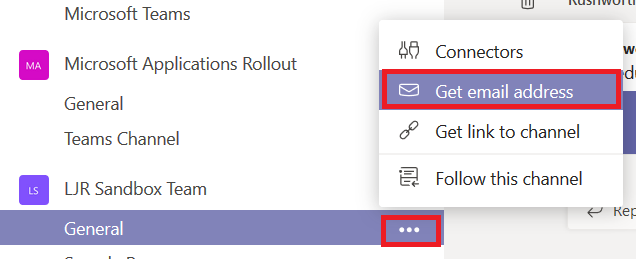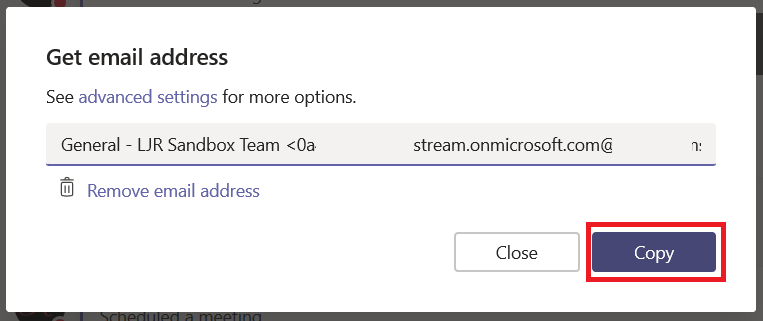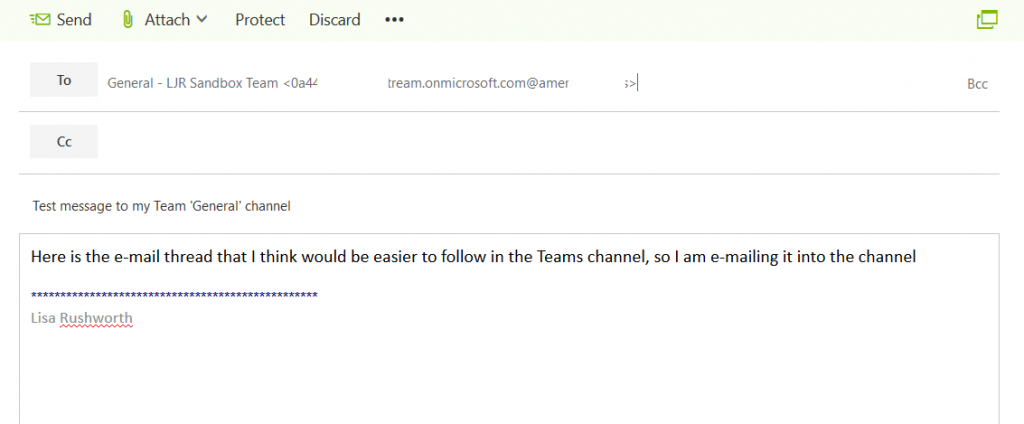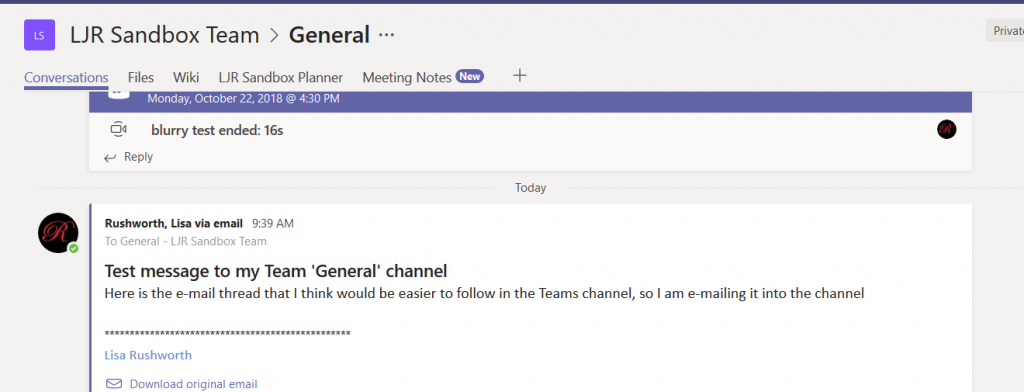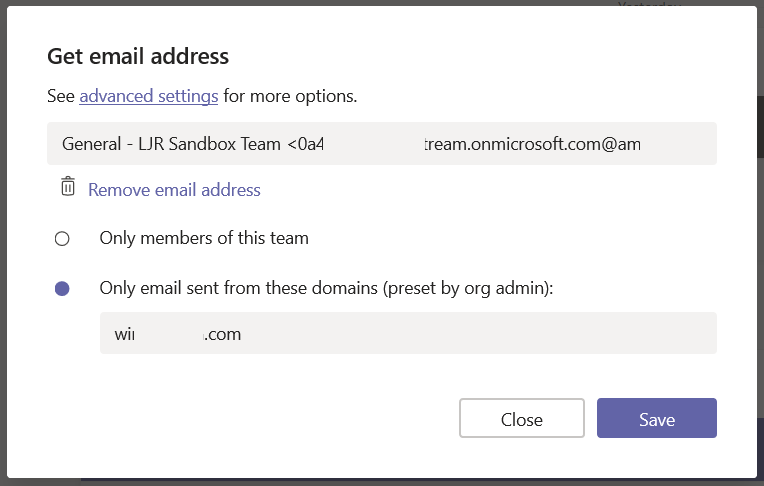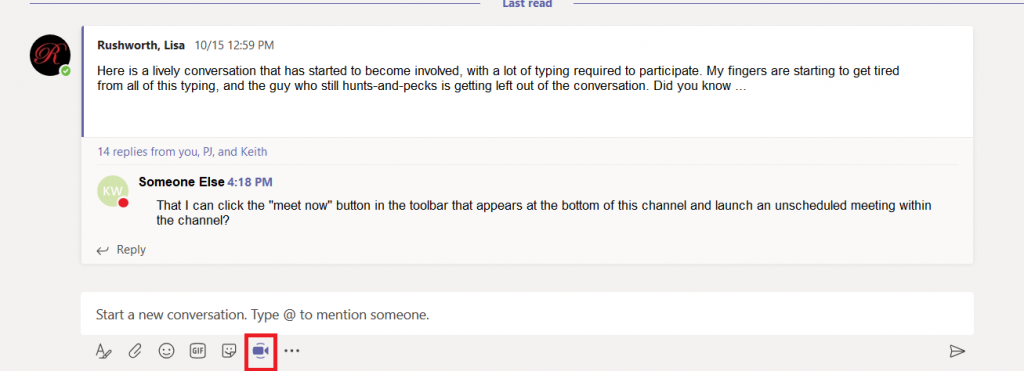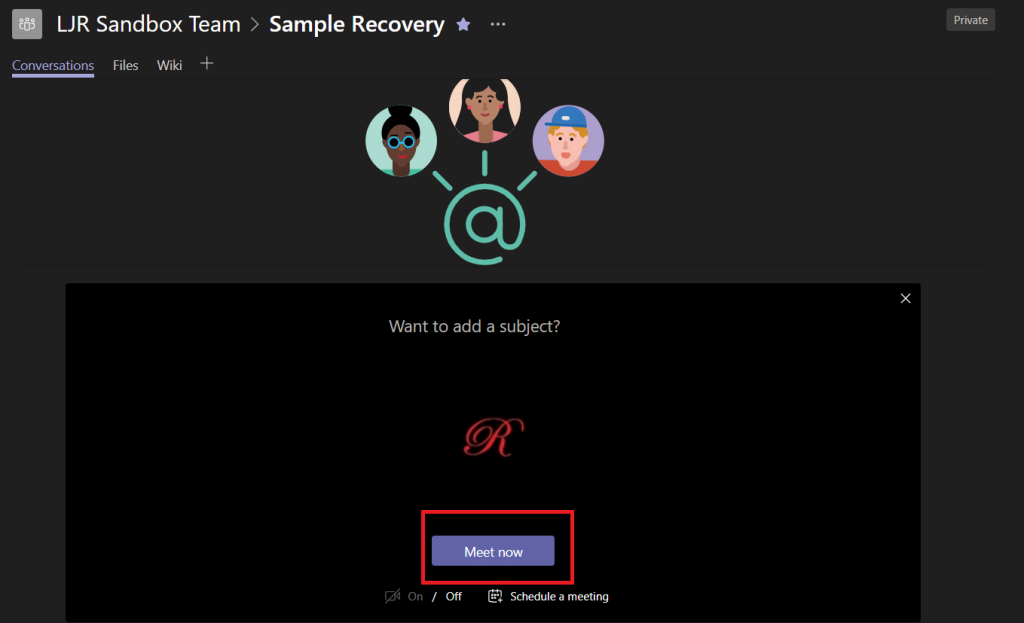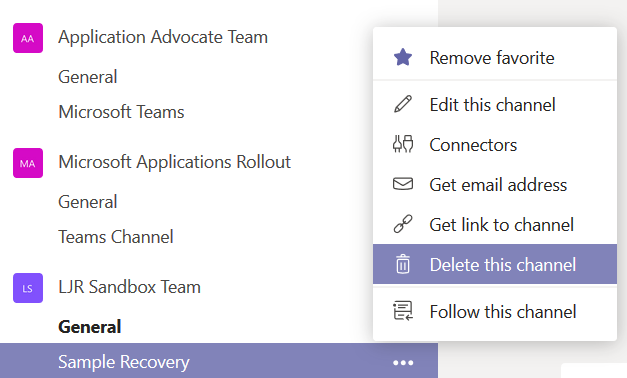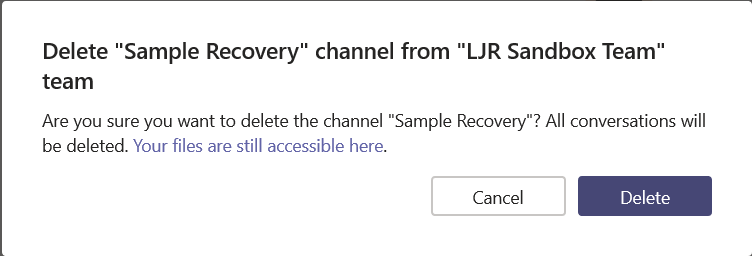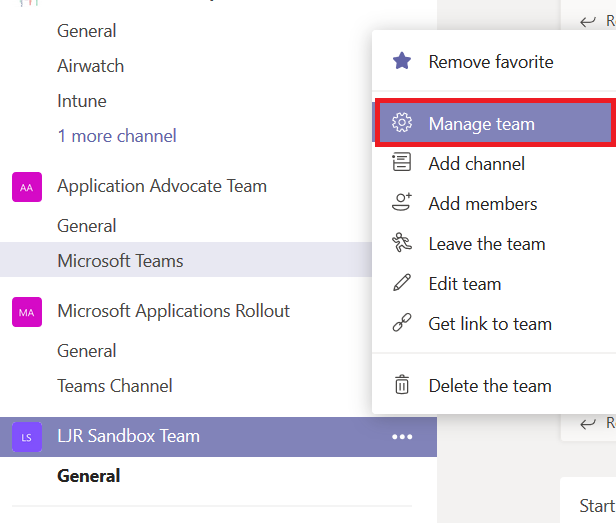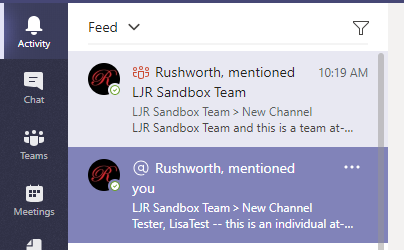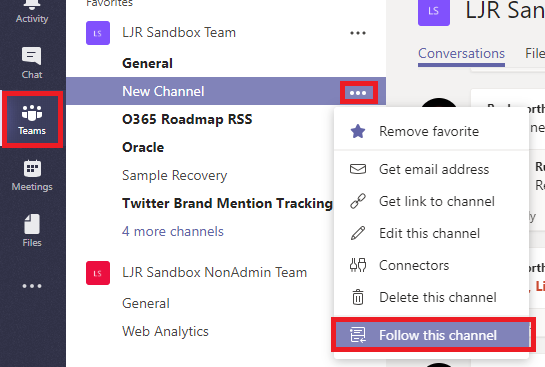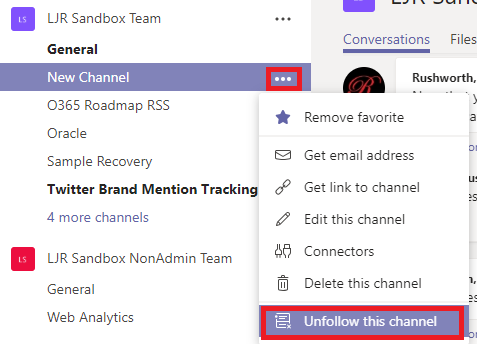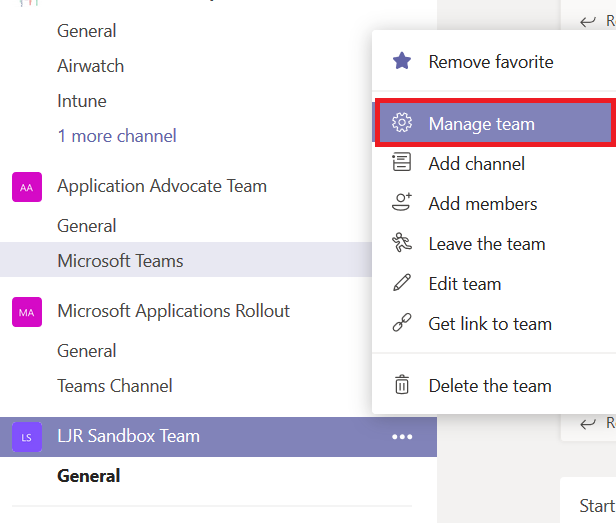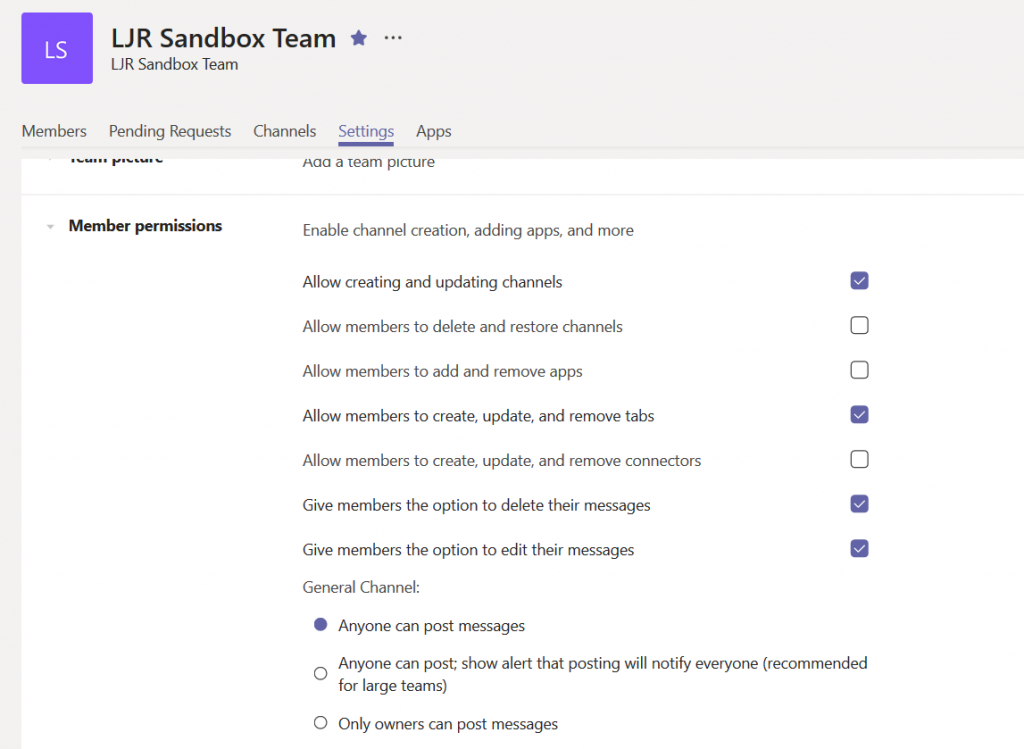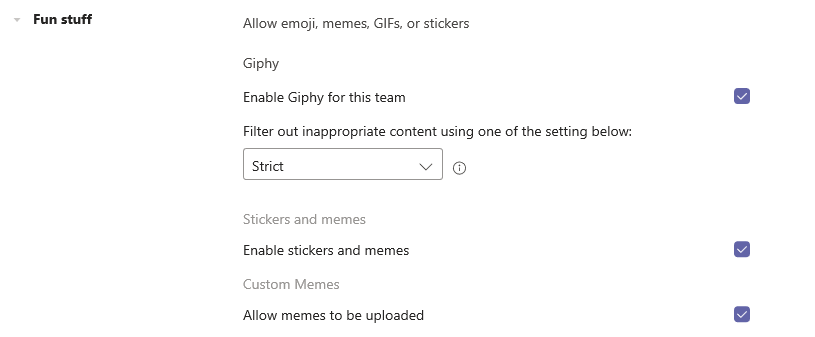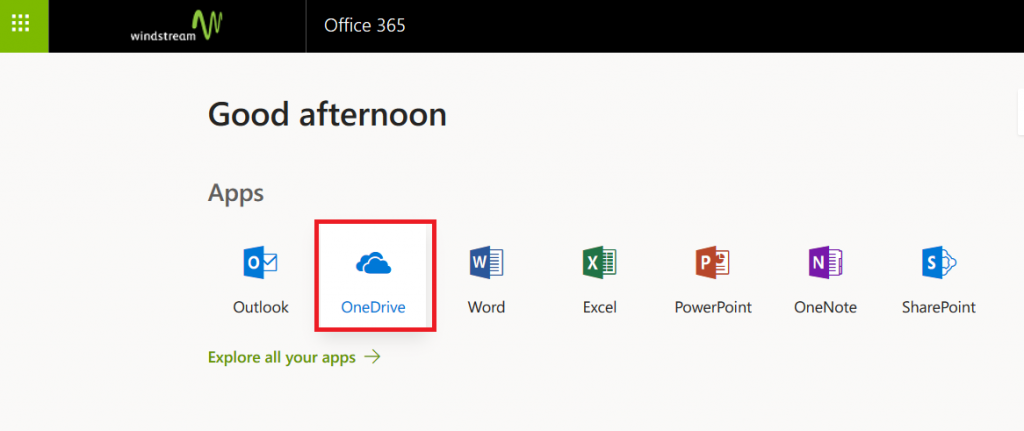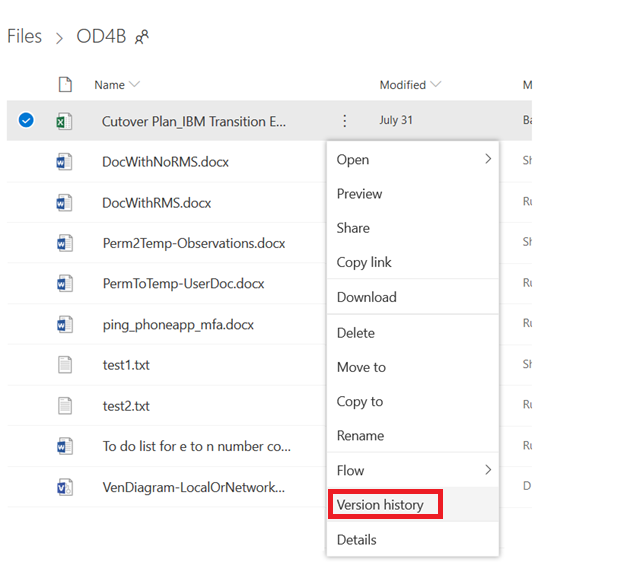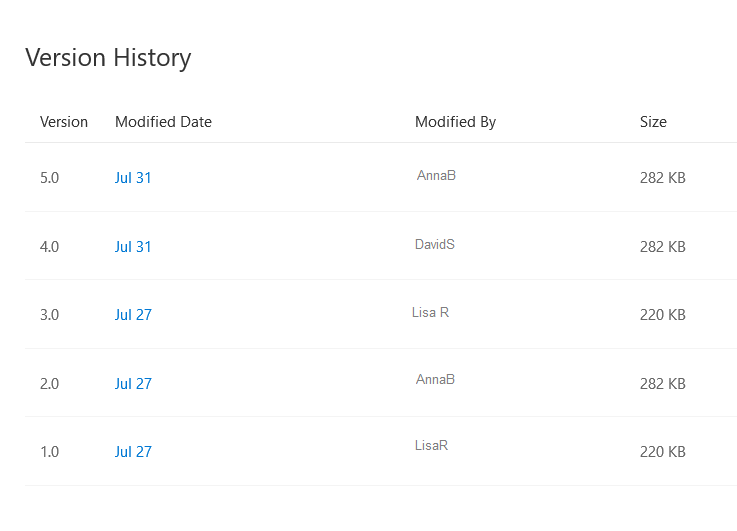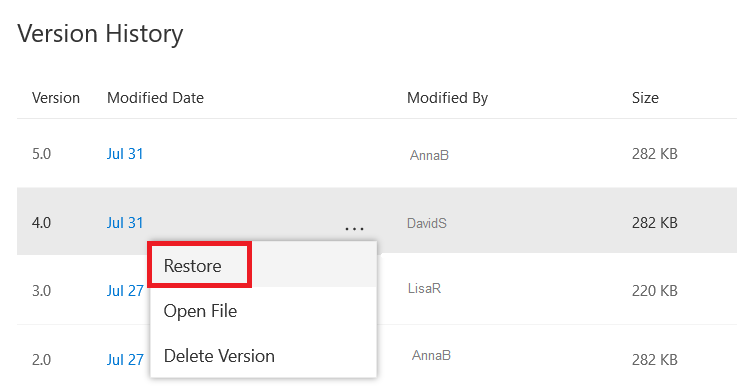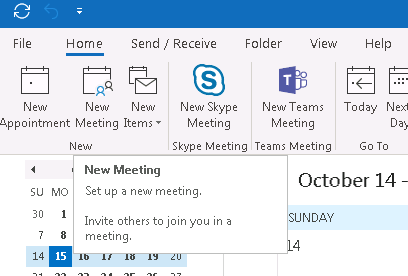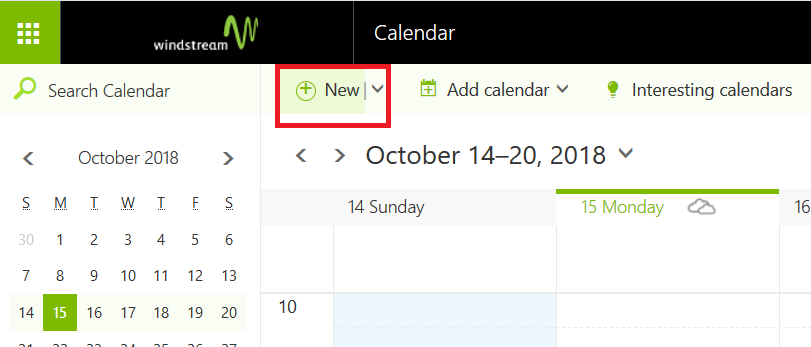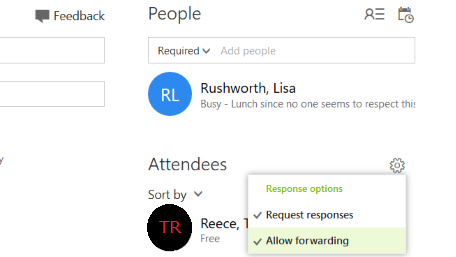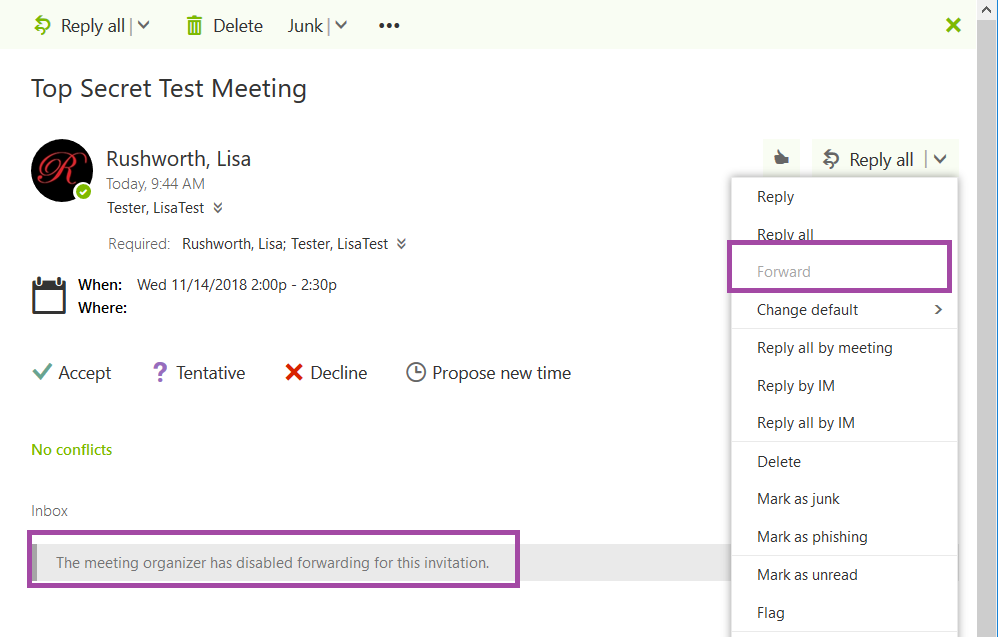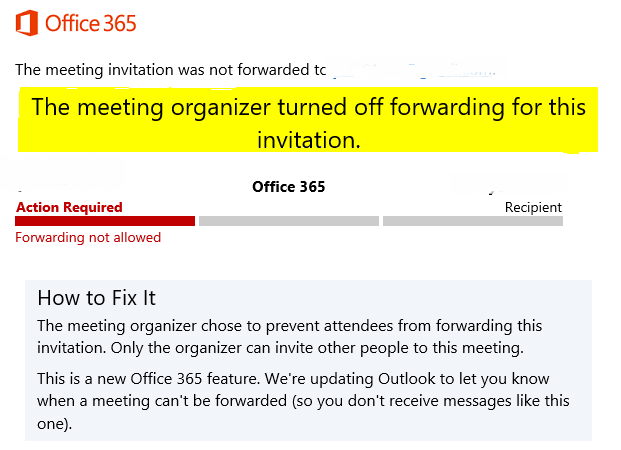When we began allowing users to initiate password changes in Active Directory and feed those passwords into the identity management system (IDM), it was imperative that the passwords set in AD comply with the IDM password policy. Otherwise passwords were set in AD that were not set in the IDM system or other downstream managed directories. Microsoft does not have a password policy that allows the same level of control as the Oracle IDM (OIDM) policy, however password changes can be passed to DLL programs for farther evaluation (or, as in the case of the hook that forwards passwords to OIDM – the DLL can just return TRUE to accept the password but do something completely different with the password like send it along to an external system). Search for secmgmt “password filters” (https://msdn.microsoft.com/en-us/library/windows/desktop/ms721882(v=vs.85).aspx) for details from Microsoft.
LSA makes three different API calls to all of the DLLs listed in the NotificationPackages registry hive. First, InitializeChangeNotify(void) is called when LSA loads. The only reasonable answer to this call is “true” as it advises LSA that your filter is online and functional.
When a user attempts to change their password, LSA calls PasswordFilter(PUNICODE_STRING AccountName, PUNICODE_STRING FullName, PUNICODE_STRING Password, BOOLEAN SetOperation) — this is the mechanism we use to enforce a custom password policy. The response to a PasswordFilter call determines if the password is deemed acceptable.
Finally, when a password change is committed to the directory, LSA calls PasswordChangeNotify(PUNICODE_STRING UserName, ULONG RelativeId, PUNICODE_STRING NewPassword) — this is the call that should be used to synchronize passwords into remote systems (as an example, the Oracle DLL that is used to send AD-initiated password changes into OIDM). In our password filter, the function just returns ‘0’ because we don’t need to do anything with the password once it has been committed.
Our password filter is based on the Open Password Filter project at (https://github.com/jephthai/OpenPasswordFilter). The communication between the DLL and the service is changed to use localhost (127.0.0.1). The DLL accepts the password on failure (this is a point of discussion for each implementation to ensure you get the behaviour you want). In the event of a service failure, non-compliant passwords are accepted by Active Directory. It is thus possible for workstation-initiated password changes to get rejected by the IDM system. The user would then have one password in Active Directory and their old password will remain in all of the other connected systems (additionally, their IDM password expiry date would not advance, so they’d continue to receive notification of their pending password expiry).
While the DLL has access to the user ID and password, only the password is passed to the service. This means a potential compromise of the service (obtaining a memory dump, for example) will yield only passwords. If the password change occurred at an off time and there’s only one password changed in that timeframe, it may be possible to correlate the password to a user ID (although if someone is able to stack trace or grab memory dumps from our domain controller … we’ve got bigger problems!
The service which performs the filtering has been modified to search the proposed password for any word contained in a text file as a substring. If the case insensitive banned string appears anywhere within the proposed password, the password is rejected and the user gets an error indicating that the password does not meet the password complexity requirements.
Other password requirements (character length, character composition, cannot contain UID, cannot contain given name or surname) are implemented through the normal Microsoft password complexity requirements. This service is purely analyzing the proposed password for case insensitive matches of any string within the dictionary file.
